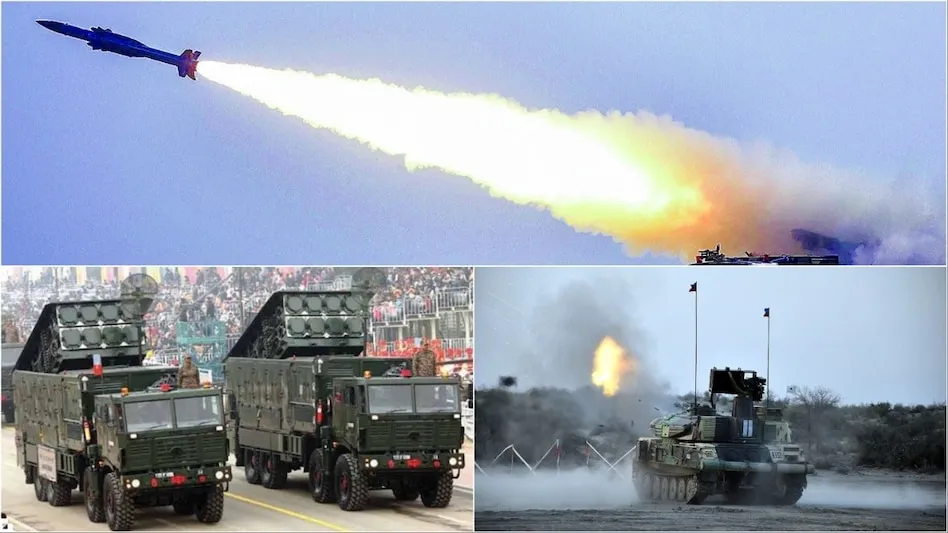India’s security strategy has led to a significant change in the last decade, the focal point has been the creation of a strong and multi -level missile defense shield. This ‘impervious armor’ is designed to neutralize Pakistan’s atom and traditional missile capabilities, causing its aggressive plans to fail continuously. This success is the result of years dedicated schemes, research, development and strategic deployment, which has given India an unprecedented ability to protect its land.
Pakistan, which has long been looking at its missile abilities as a preventive and aggressive tool against India, has now been facing an Indian defense system that severely disrupts its calculations. India’s Ballistic Missile Defense (BMD) program, including systems like Prithvi Air Defense (PAD) and Advanced Air Defense (AAD), has successfully performed the ability to penetrate both ends (exo-atmospheric) and within the atmosphere (endo-atmospheric).
This indigenous armor has gained more strength from the acquisition of Russia-made S-400 ‘Triumph’ air defense system. The S-400 is capable of identifying and destroying various types of aerial threats including not only ballistic missiles, but cruise missiles, fighter jets and drones at a distance of 400 kilometers. This multi-goal and multi-level defense system presents a malignant challenge for any missile coming from Pakistan.
How do Pakistani missiles fail?
-
Initial warning and tracking: India has a network of advanced radar systems (such as indigenous ‘Swordfish’ long-range tracking radar) that can immediately detect the launch of enemy missiles. These radar travelers of the missile track and transport the data to the command center.
-
Target Determination and Blocking: Depending on the data received, the command center selects the appropriate interceptor missile. If the missile is outside the atmosphere, a system like PAD may be active. If it re-enters the atmosphere, the AAD or S-400 can target it.
-
Multilevel security: Even in the event of a layer failing, the second and third layers remain active, causing the possibility of Pakistani missiles reaching their goals. Different types of missiles of S-400 can neutralize the dangers at different height and distance, which creates a comprehensive security umbrella.
This ‘impervious armor’ creates a big dilemma for the strategists of Pakistan. Their missiles, which they have been unleashing for decades, are now proving ineffective in front of Indian defense capabilities. This preparation of India is not only a defensive currency, but it is also a clear message to maintain stability in the region and to prevent any audacity. A decade of tireless effort has brought India into a position where it can effectively protect its sovereignty and security from any external threat, and Pakistan’s missiles look helpless in front of this impervious wall.
Recharge Plans Under 500: Get 84 days validity for less than Jio, Airtel and VI ₹ 500, know which plan is better?
